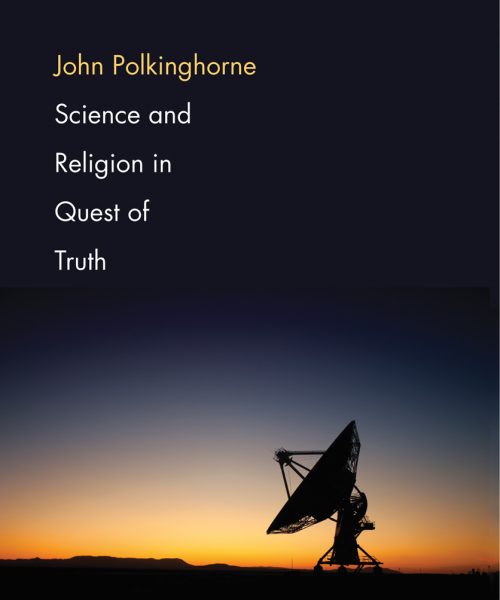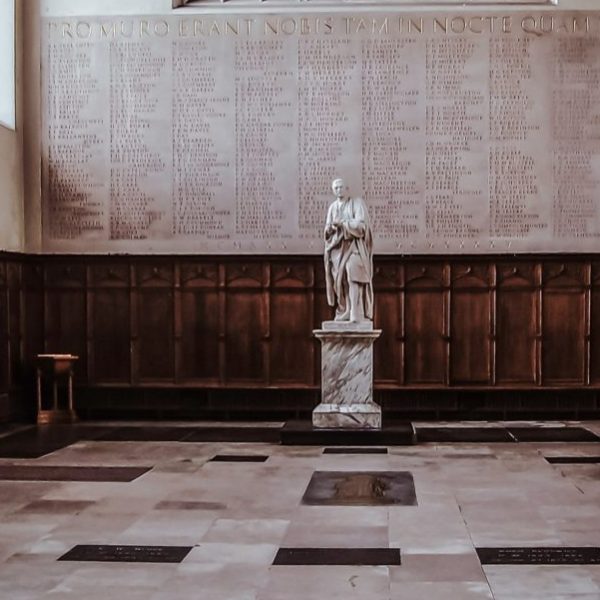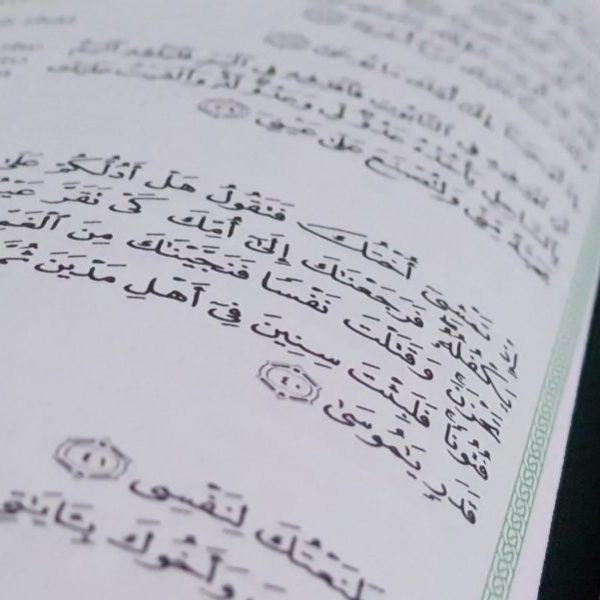How Science and Faith Can Work Together
A recent study by the Pew Forum on Religion and Public Life indicates that the number of people claiming no religious affiliation is on the rise. In response, Richard Dawkins, the British evolutionary theorist and critic of religion, has stated he is “optimistic” about this trend. For Dawkins and cohorts in the New Atheism movement, science has displaced religion as the way to acquire truth and understand the world, which means we can and should leave religion behind entirely. In other words, religious faith and science are incompatible.
 John Polkinghorne, physicist and Anglican priest, offers a different approach in Science and Religion in Quest of Truth. Polkinghorne believes in the unity of truth, that “both science and religion are part of the great human quest for truthful understanding.” Still, he admits that in drawing connections between his two worlds he has been met with “more suspicion than a vegetarian butcher.” Yet it his devotion to the scientific discipline that informs his theology, and vice versa. “If science and theology are colleagues in the common quest for truth,” he writes, “then they will have cousinly gifts to offer to each other.” Polkinghorne renders a thoughtful and concise picture of what the relationship between science and theology could be. In working as both a scientist and a priest, Polkinghorne possesses an ability to speak from the perspective of both arenas. There are those in the science camp and in the religious camp who would like to insist the two worlds are in necessary conflict, yet he says to both New Atheists and anti-evolutionists alike that this perceived conflict does not need to exist, and the competition between both claims on truth is imaginary. Rather for Polkinghorne, “The deep intelligibility of the universe is a fortunate fact, a wonderful gift that makes science possible.”
John Polkinghorne, physicist and Anglican priest, offers a different approach in Science and Religion in Quest of Truth. Polkinghorne believes in the unity of truth, that “both science and religion are part of the great human quest for truthful understanding.” Still, he admits that in drawing connections between his two worlds he has been met with “more suspicion than a vegetarian butcher.” Yet it his devotion to the scientific discipline that informs his theology, and vice versa. “If science and theology are colleagues in the common quest for truth,” he writes, “then they will have cousinly gifts to offer to each other.” Polkinghorne renders a thoughtful and concise picture of what the relationship between science and theology could be. In working as both a scientist and a priest, Polkinghorne possesses an ability to speak from the perspective of both arenas. There are those in the science camp and in the religious camp who would like to insist the two worlds are in necessary conflict, yet he says to both New Atheists and anti-evolutionists alike that this perceived conflict does not need to exist, and the competition between both claims on truth is imaginary. Rather for Polkinghorne, “The deep intelligibility of the universe is a fortunate fact, a wonderful gift that makes science possible.”
How might one even begin to address the relationship these two fields? Has it ever been possible to harmonize claims of theology and science? One of the ways Polkinghorne deals with this issue is by going into history and reminding us than the apparent divisions between science and religion have been far less clear cut. On evolution, a banner issue for many entrenched on either side of the debate, he gives examples of nuanced reactions from scientists to clergy upon the reception of Darwin’s Origin of Species in the 19th century. Aubrey Moore, an Oxford theologian in the period, “said that Darwin, in the guise of a foe, had done the work of a friend.” Polkinghorne agrees. “One might dare to say,” he writes, “that an evolving creation, in which creatures are allowed to be themselves and to make themselves, is a more fitting creation for such a [loving] God than a ready-made world would have been.”
Yet Polkinghorne does not get mired in the topical debates, choosing rather to open up the issues for examination, revealing common ground and areas for conversation between scientists and theologians. In doing so he offers insights on many of the key topics that arise when we talk about truth and the natural world such as the cosmos, revelation, time, consciousness, and causality. After decades in the field and numerous books, Polkinghorne offers a thoughtful, accessible entry to his thought. “The universe has not only proved to be astonishingly rationally transparent making deep science possible,” he writes, “but also rationally beautiful, affording scientists the reward of wonder for all the labours of their research. Why are we so lucky?”





Religion and science are typically seen as being incompatible, and this is mostly true if there is a focus on specific issues, such as evolution. As a researcher and psychiatrist with eclectic interests, I have arrived at a concept that merges religion and science based on a common feature, information, presented in The Informative God book. The concept cannot be adequately presented in a comment section, but essentially relies on how information can be preserved indefinitely, and how this aligns well with a religious orientation. My approach then applies scientific processes to provide for a scenario compatible with religion.
Brad Bowins, MD